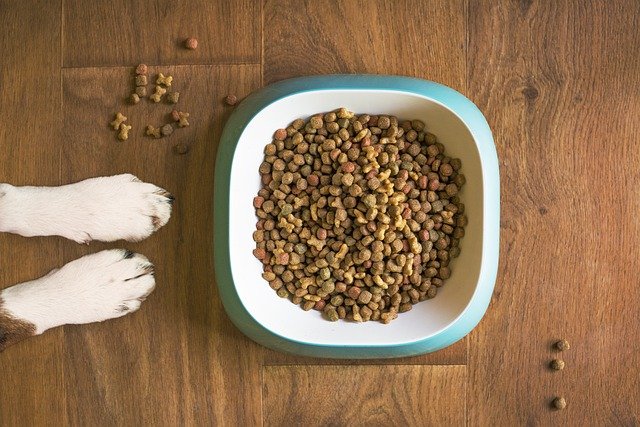 |
| Best Ways To Feed Your Dog |
A Healthy Diet for Your Dog
Good nutrition is vital for dogs. It keeps them healthy and happy. But there’s no set formula for a way often you feed your dog or what you set in their bowl. That’s because each pooch is different.
“Nutritional requirements for dogs vary by breed, size, age, and health,” says Jerry Klein, DVM, a chief veterinary officer for the American Kennel Club (AKC).
Ask your vet to recommend the simplest food for your pup. But you'll also keep a couple of general guidelines in mind when you’re filling your dog’s dish.
Commercial Dog Food
It may not appear as if much, but commercial pet food is meant to satisfy all of a dog’s nutritional needs. Most products have meat, grains, vegetables, fruit, and vitamins. The American College of Veterinary Nutrition says commercial foods are safe and healthful options for feeding pets.
Be sure to select the food that’s right for your dog’s stage of life -- puppy, pregnant or nursing, or adult. There also are foods that are approved for all stages.
Check the package for a press release from the Association of yank Feed Control Officials (AAFCO) that the food is “complete and balanced.” “Complete” means the food has all the nutrients that dogs of that life stage requirement and “balanced” means the nutrients are within the correct ratios.
When it involves wet or dry food, both can have benefits.
“Dry food is believed to be better for a dog’s teeth. Wet food provides more moisture, which is particularly helpful for those dogs that don’t drink tons of water,” Klein says.
Most vets say it’s really a toss-up -- both are nutritious.
How Much, How Often?
According to the AKC, puppies 6 months and younger should eat three to fourfold each day. At 6 months, they will eat twice daily. Once pups become adults, they will get one or two meals each day, counting on what proportion of exercise they get. the simplest thanks to knowing what’s right for your dog? ask your vet.
The same goes for a way much you set in their bowls. Klein says you'll start by following the serving size guidelines on the package of your dog’s food. But your vet can get specific about the simplest amount for his or her age, breed, and level of activity. A young Border collie who plays and runs for many of the days may have tons of food to stay them going, especially when it’s hot or cold outside. But an elderly Chihuahua who mostly lounges in your lap probably won’t.
“The biggest thing we see pet owners do wrong when it involves feeding dogs is to overfeed them,” Klein says. “It’s important to feed the proper amount and right sorts of food to stay the animal at a healthy weight.”






0 comments:
Enregistrer un commentaire